Unleashing Financial Support for Real Estate Compliance
In the real estate sector, compliance grants are powerful tools that drive development towards estab…….
Welcome to an exploration of green-building, a revolutionary approach to construction that is transforming the way we design and build our habitats. This comprehensive article aims to guide you through the intricacies of green-building, highlighting its global impact, economic benefits, technological innovations, and the challenges it addresses. By delving into these aspects, we will uncover why green-building is not just a trend but an essential practice for a sustainable future.
Definition: Green-building, also known as sustainable or eco-friendly construction, is a holistic approach to designing and constructing buildings that minimizes their environmental impact while maximizing energy efficiency and resource conservation. It involves integrating various practices, technologies, and materials to create healthy, high-performance buildings.
Core Components:
Historical Context: The concept of green-building has evolved over centuries, gaining momentum in response to growing environmental concerns. Ancient civilizations like the Incas and Greeks incorporated sustainable practices in their architecture, such as passive solar heating and natural ventilation. In modern times, the movement gained traction in the late 20th century with the oil crisis and increasing awareness of environmental degradation. The U.S. Green Building Council’s (USGBC) introduction of the Leadership in Energy and Environmental Design (LEED) rating system in 1998 further popularized green-building practices, offering a standardized framework for evaluating and certifying sustainable buildings.
Green-building has transcended geographical boundaries, influencing construction practices worldwide. Here’s an overview of its global impact:
| Region | Key Trends | Notable Initiatives |
|---|---|---|
| North America | Strict energy-efficiency standards, growing adoption of LEED certification, and a push for net-zero energy buildings. | The Net Zero Energy Building (NZEB) program in California aims to incentivize the construction of buildings that produce as much energy as they consume. |
| Europe | Stringent environmental regulations, focus on passive house design, and widespread use of renewable energy sources. | The Passive House standard, popular in Germany, promotes buildings with near-zero energy consumption through efficient design and insulation. |
| Asia Pacific | Rapid urbanization coupled with a push for sustainable development, leading to innovative green-building practices. | Singapore’s Green Mark Scheme encourages the adoption of sustainable design principles, with a focus on water efficiency and green spaces. |
| Latin America | Growing awareness of environmental issues, increasing government support for green-building initiatives, and a rise in LEED-certified projects. | Brazil’s Green Building Council has implemented programs to educate and promote sustainable construction practices throughout the country. |
| Africa | Focus on affordable and resilient housing solutions, integration of traditional building methods with modern sustainability principles. | The East African Standard 5478 specifies requirements for environmentally friendly buildings, promoting energy efficiency and material conservation. |
These regional trends demonstrate the global embrace of green-building, each adapting best practices to suit local climates, cultures, and economic conditions.
The green-building market has experienced significant growth, driven by both government incentives and consumer demand for sustainable products and services.
Market Dynamics:
Economic Benefits:
One of the critical aspects of green-building is the development and adoption of innovative, sustainable materials. These advancements offer alternatives to traditional resources, reducing environmental impacts:
Technological advancements play a pivotal role in enhancing the performance of green buildings:
Green-building practices extend beyond the built form to incorporate surrounding landscapes and infrastructure:
Green-building practices focus on creating healthy indoor environments, addressing concerns related to poor air quality, mold, and other health issues:
While green-building offers numerous benefits, it also presents challenges that must be addressed:
The field of green building is constantly evolving, with emerging trends and technological advancements shaping its future:
Green building is not just a trend; it is an essential strategy to create sustainable, resilient, and healthy built environments. By addressing environmental, social, and economic factors, green building practices offer a holistic approach to urban development. As technology advances and awareness grows, the adoption of green building principles will contribute to a more sustainable future for generations to come.
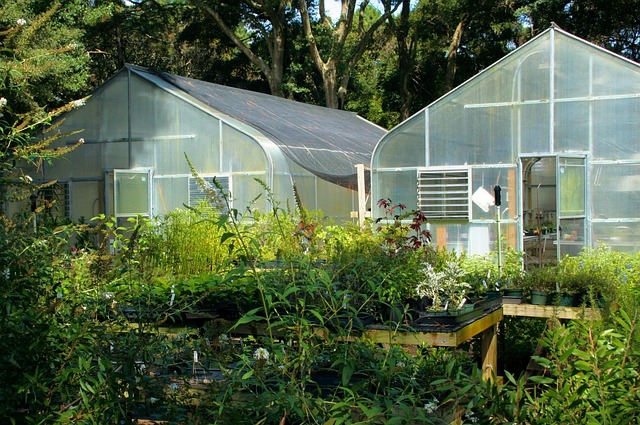
In the real estate sector, compliance grants are powerful tools that drive development towards estab…….
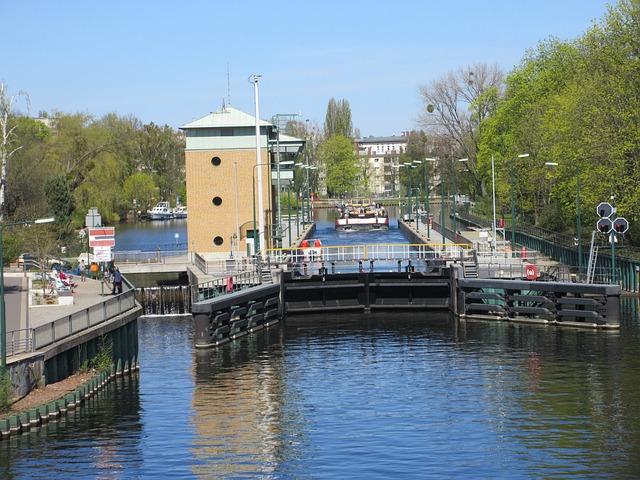
The real estate sector, a major global contributor to carbon emissions at 28% of total greenhouse ga…….

The real estate industry is rapidly embracing sustainability due to rising consumer awareness and in…….
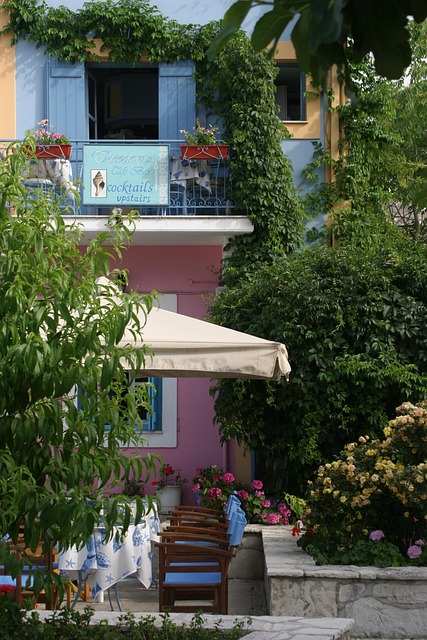
The real estate industry is rapidly embracing sustainable construction practices to stay competitive…….
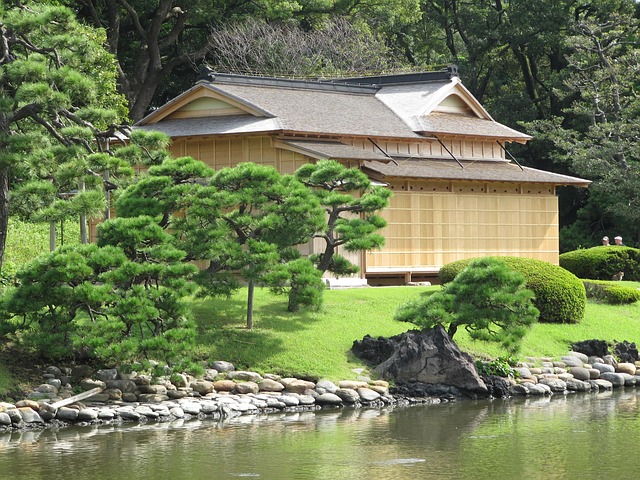
The real estate market is witnessing a growing trend towards eco-friendly design, prioritizing susta…….
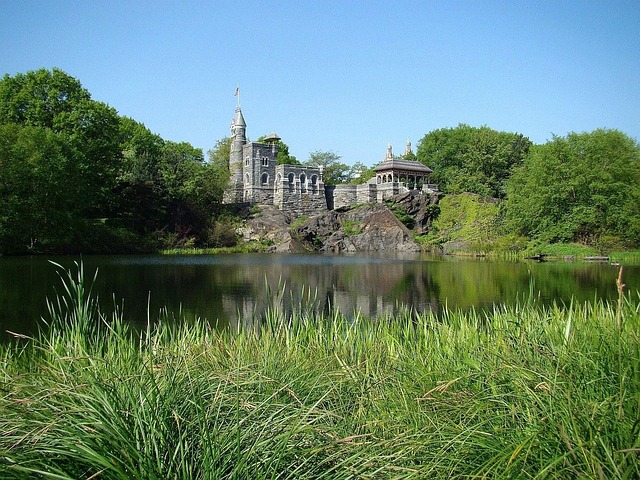
In the real estate sector, innovative building design is driving sustainability by dramatically cutt…….

In the dynamic real estate sector, exploring government grants and incentives acts as a catalyst for…….
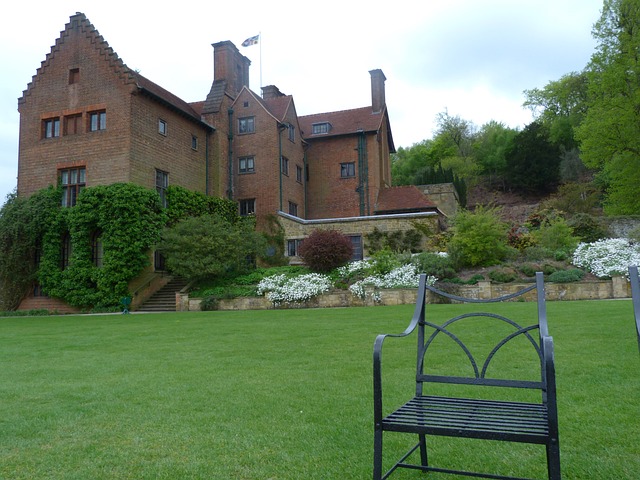
Incorporating sustainable design principles in real estate is both eco-friendly and economically via…….
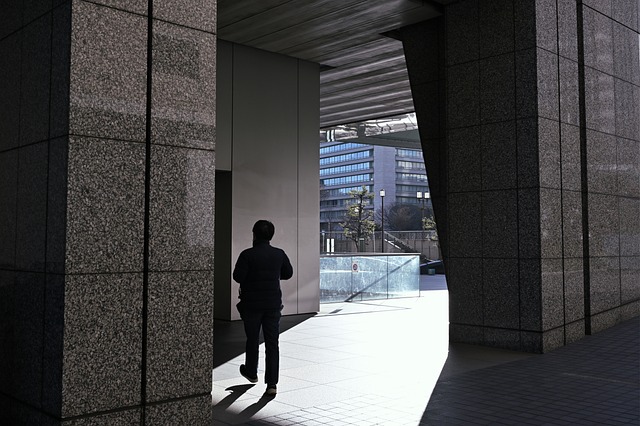
In the dynamic real estate sector, adopting sustainable construction principles is no longer optiona…….

The real estate industry is experiencing a significant shift towards eco-friendly materials driven b…….